Species shows good growth, quality meat in fillet form
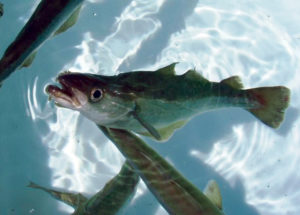
Pollack (Pollachius pollachius) is a fish that belongs to the family Gadidae. The 12 genera and more than 20 species that belong to Gadidae are mainly characterized by their three dorsal fins and two anal fins, all of which have soft rays. Pollack can live for 10 years and reach a length of 130 cm and weight of 18 kg.
Pollack is a pelagic to benthopelagic species distributed in the East Atlantic from Norway’s northern and island coasts to Portugal. Young individuals live in groups close to the coast in sandy or rocky areas, while adults migrate toward water about 200 m deep. Adult individuals swim in shoals only during the spawning season.
In the last few years, research to foster diversification in marine fish culture resulted in the selection of pollack. Pollack exhibit good growth rates, quality meat and the possibility to be commercialized in the form of fillets. Results from several studies related to the reproduction, larval rearing and culture of this species have supported the development of its culture technology.
Pollack studies
The first experiment on pollack growout in northwestern Spain was carried out at the Galician Institute for Aquaculture Training in 2001. The company Isidro de la Cal succeeded in closing the culture cycle of pollack and started commercial production in 2005.
In more recent work by the authors presented at Aquaculture Europe 2008 in Poland, the growth of 70 fish from the hatchery of the company Luso-Hispana de Acuicultura was assessed. They had an initial weight and size of about 382 grams and 33 cm, respectively. Fish were kept in a 4-cubic-meter polyester tank in an open system with extra aeration throughout the experiment.
Dry feed was administered through automatic feeders three times/day, twice in the morning and once in the afternoon. Temperature, salinity and oxygen were measured on a daily basis. Weight and size were sampled regularly to evaluate growth rates and feed conversion.
Results
At the end of the authors’ 258-day study, fish reached an average weight of about 1.05 kg and average size of 42 cm (Table 1). The specific growth rate was 0.39 percent with an average feed-conversion rate of 1.57. The temperature fluctuated between 12.4 and 19.1 degrees-C during the study. Six specimens died, and no pathological process was observed.
Rodríguez, Averaged performance parameters for pollack, Table 1
| Day | Weight (g) | Length (cm) | Specific Growth Rate (%) | Feed-Conversion Ratio |
|---|---|---|---|---|
| 0 | 382.57 | 32.80 | – | – |
| 34 | 430.91 | 32.80 | 0.35 | 1.57 |
| 71 | 534.11 | 34.30 | 0.57 | 1.11 |
| 106 | 603.80 | 36.56 | 0.35 | 1.51 |
| 135 | 689.59 | 36.78 | 0.47 | 1.23 |
| 154 | 791.87 | 39.45 | 0.46 | 1.23 |
| 195 | 858.30 | 40.34 | 0.21 | 2.40 |
| 228 | 930.20 | 41.31 | 0.24 | 2.18 |
| 258 | 1,051.90 | 42.02 | 0.39 | 1.94 |
| Average | 0.39 | 1.57 |
The results showed the pollack had a good growth rate. Feed conversion at the end of the experiment was acceptable, especially given that little is known about the nutritional requirements of this species during growout.
Adaptable, valuable
Research to date has shown that pollack is a species that resists handling and adapts to captivity easily, spawns naturally and has good growth rates at ideal grow-out temperatures of 12 to 18 degrees-C. Depending on size, pollack are marketed at attractive prices above €8 ($10.45) per kg. Therefore, they can be considered a species likely to have successful culture on most European coasts.
Nevertheless, further research should focus on controlling its reproduction, improving low egg hatching rates and increasing survival during weaning. More information about pollack’s nutritional requirements is also needed to optimize growth rates.
(Editor’s Note: This article was originally published in the May/June 2009 print edition of the Global Aquaculture Advocate.)
Now that you've reached the end of the article ...
… please consider supporting GSA’s mission to advance responsible seafood practices through education, advocacy and third-party assurances. The Advocate aims to document the evolution of responsible seafood practices and share the expansive knowledge of our vast network of contributors.
By becoming a Global Seafood Alliance member, you’re ensuring that all of the pre-competitive work we do through member benefits, resources and events can continue. Individual membership costs just $50 a year.
Not a GSA member? Join us.
Authors
-
José Luis Rodríguez
Galician Institute for Aquaculture Training
Niño do Corvo s/n 36626
Illa de Arousa
Pontevedra, Spain[115,101,46,97,116,110,117,120,64,97,118,101,117,110,97,108,108,105,118,46,122,101,117,103,105,114,100,111,114,46,115,105,117,108,46,101,115,111,120]
-
Bernardo Fernández Souto
Galician Institute for Aquaculture Training
Niño do Corvo s/n 36626
Illa de Arousa
Pontevedra, Spain
Tagged With
Related Posts
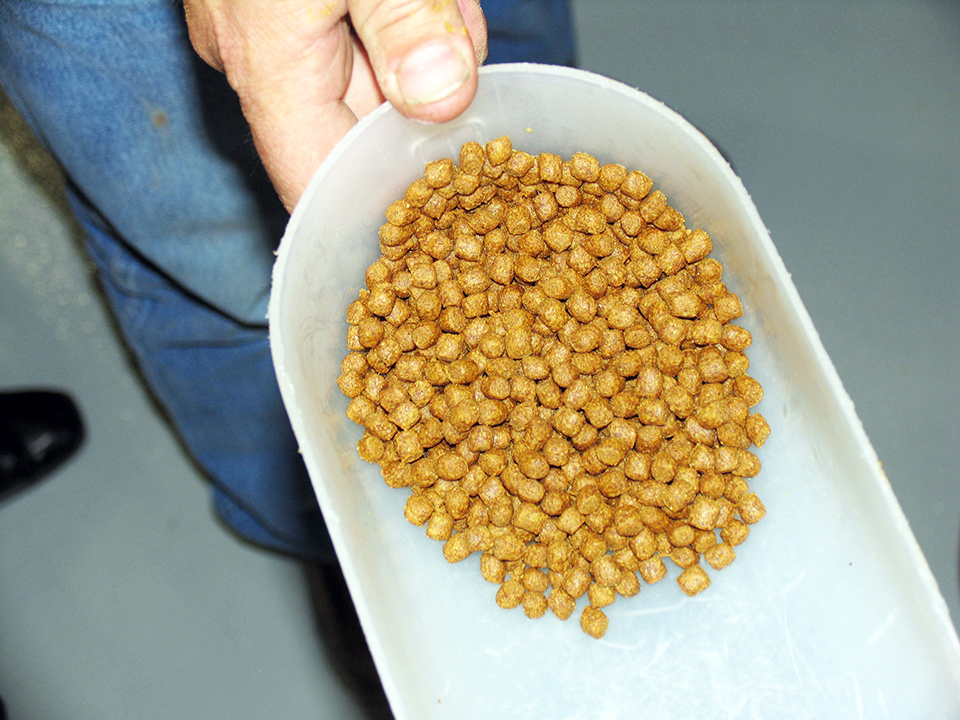
Intelligence
Byproduct utilization for increased profitability, part 5
Fish protein hydrolysates have been used in the food industry for the development of antioxidants, emulsifiers, flavoring agents, anti-bacterial agents and feed. As natural products, they have a growing acceptance, since natural products are preferred by some consumers over industrial products.
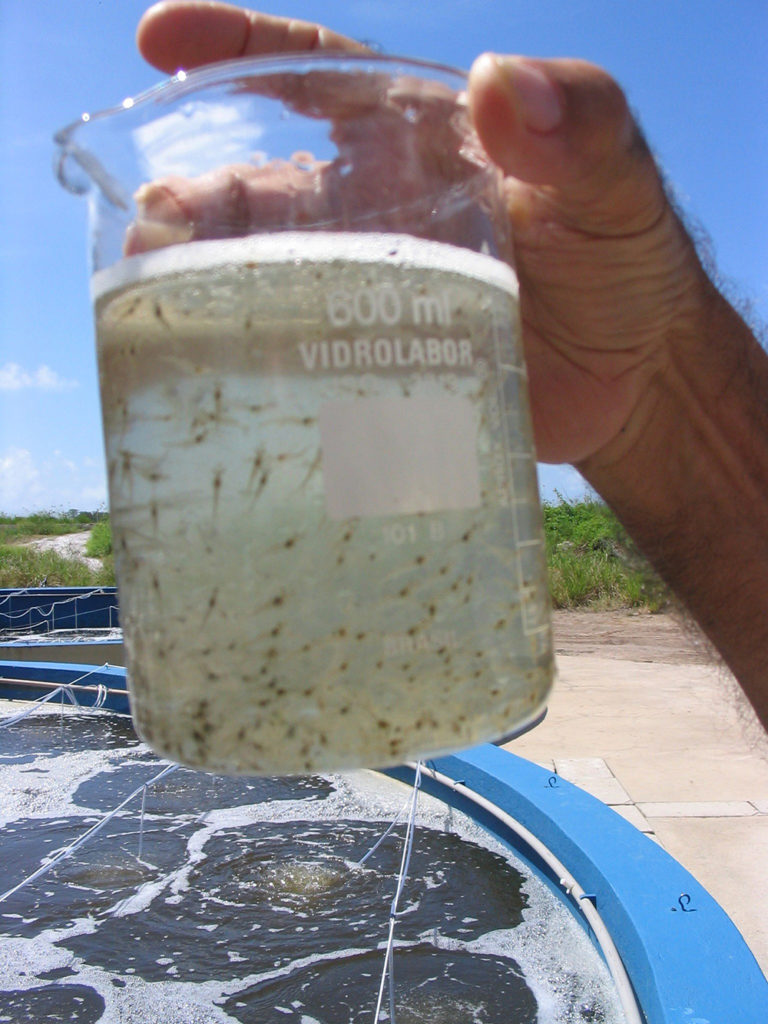
Health & Welfare
A study of Zoea-2 Syndrome in hatcheries in India, part 2
Indian shrimp hatcheries have experienced larval mortality in the zoea-2 stage, with molt deterioration and resulting in heavy mortality. Authors considered biotic and abiotic factors. Part 2 describes results of their study.
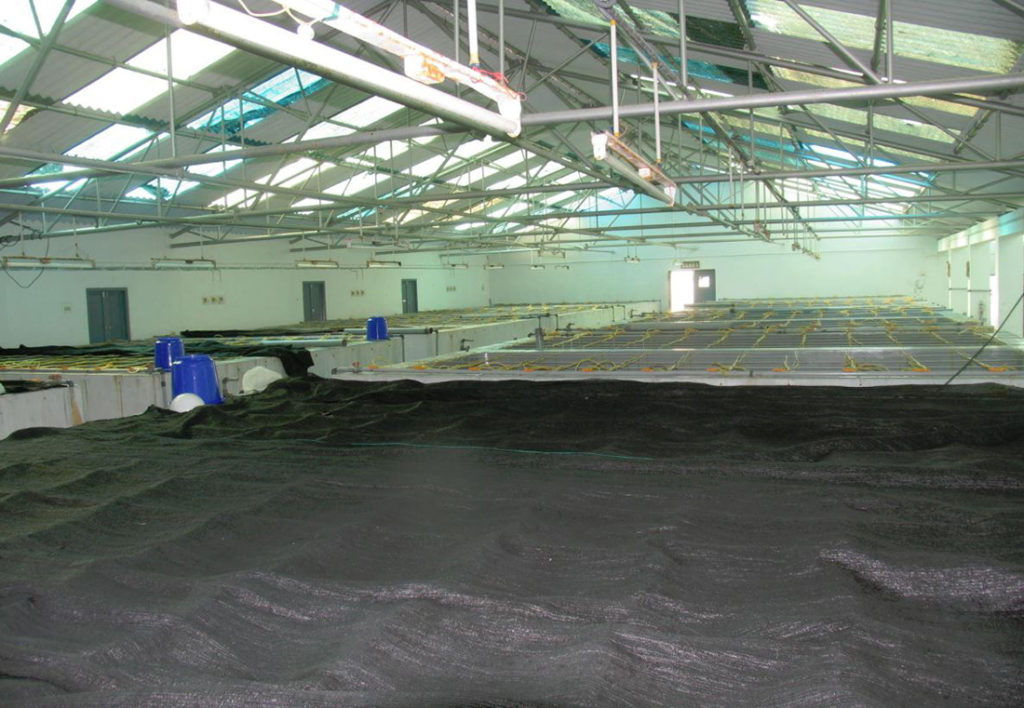
Health & Welfare
A study of Zoea-2 Syndrome in hatcheries in India, part 3
In this third and final part, authors present recommendations to help reduce the incidence of Zoea-2 Syndrome, which is not caused by any known infectious agents in P. vannamei hatcheries in India.
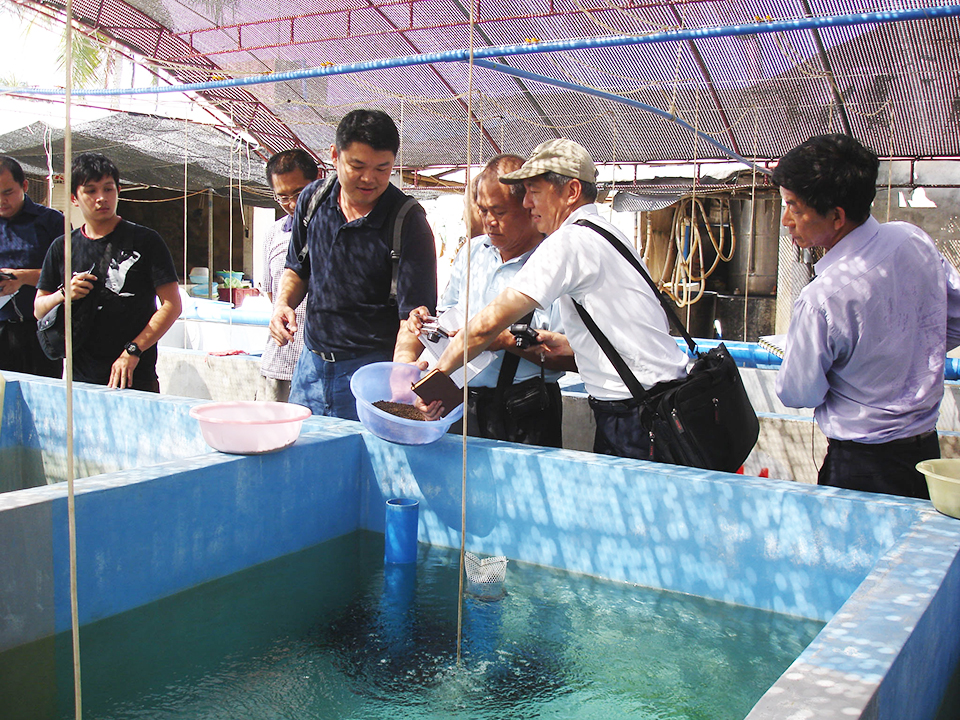
Aquafeeds
ASAIM addresses challenges to growth of marine fish farming in Southeast Asia
In its efforts to advance sustainable aquaculture practices and the use of soy-based feeds in Southeast Asia, the American Soybean Association International Marketing Program (USAIM) has identified several challenges.


